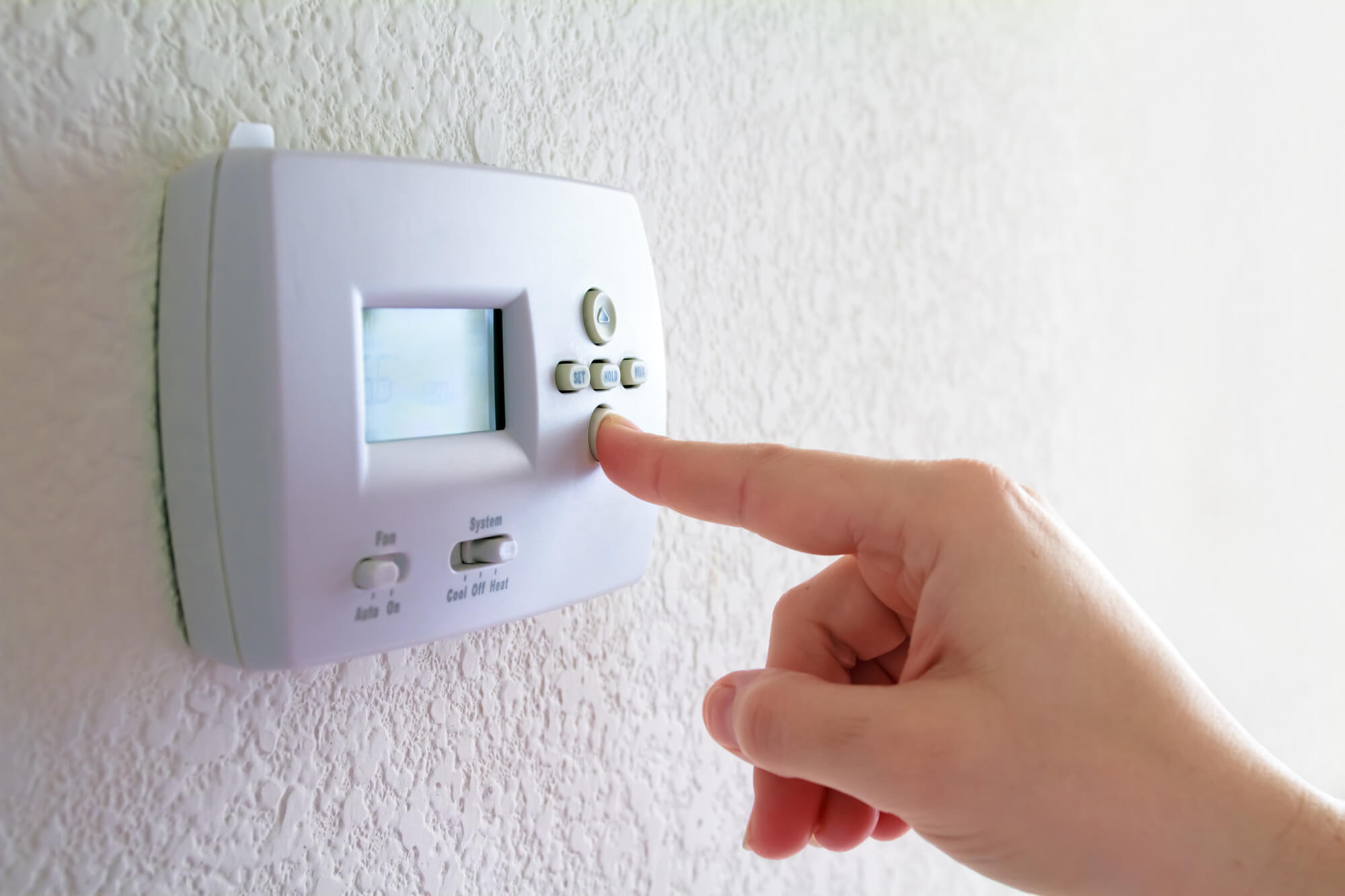For your HVAC to run efficiently, all the various parts of the components must be working well. One such part is the thermostat, which is your line of communication to the system. It’s why you need to replace your thermostat the moment yours becomes faulty. As the winter approaches, you want to make sure that your HVAC’s thermostat is in good shape, or you risk coming home to a chilly home. The problem is that most people don’t know when it’s time to get a new thermostat until it’s too late.
Signs You Need a Thermostat Replacement

Faulty Thermostat Readings
Correct thermostat readings ensure that your indoor spaces don’t get too hot or cold. When your thermostat starts to register incorrect temperatures, then it may be time to start thinking of getting a new one.
To verify whether the temperature is correct, test its reading with a portable indoor thermometer. If the readings are wrong, then the thermostat’s sensor might be malfunctioning. The issue could be old age, a manufacturing defect, or misuse.
HVAC system won’t turn on
The most obvious sign of a bad thermostat is that the HVAC system in your building won’t turn on or respond to the thermostat. You should be able to turn on your heating or cooling system from the thermostat, or change operation back and forth from heating to cooling. If you make changes at the thermostat and get no response whatsoever from your furnace, air conditioner, or heat pump, it could mean the thermostat is bad.
Different Temperatures Throughout the Home
Unless your home is zoned, and the temperatures within each room are programmed to be different, the temperature within your home should be reasonably uniform from room to room. If the thermostat goes bad, it can cause the HVAC system to switch on and off irregularly. This results in places closer to the HVAC system getting more cool/hot air, with rooms furthest away getting barely any.

